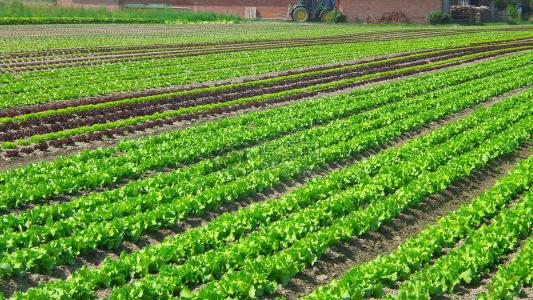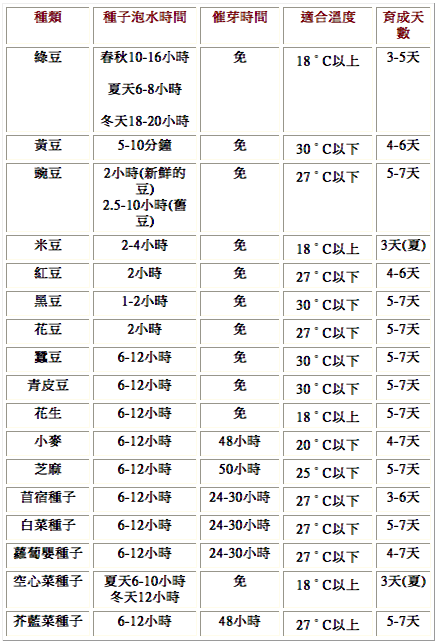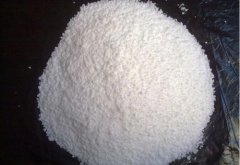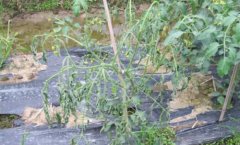Vegetable planting techniques: methods for growing vegetables, techniques and methods for growing vegetables
If you grow vegetables for the first time, you'd better grow wild vegetables. The so-called wild vegetables, such as Chuanqi, red Phoenix vegetables, sweet potato leaves, ginseng grass, aloe, carrots, Zhaohe vegetables and so on. Wild vegetables are easy to grow and have high energy, but they have a special taste, so insects don't like to approach them, and they can grow well without pesticides and fertilizers. It is not suitable to grow vegetables indoors, so there must be sunshine at home, and at the same time, there must be sufficient sunlight in order to avoid the problem of nitrate. This is best if there is a courtyard or rooftop garden that can be exposed to full sunlight.

Preparation in advance: containers, soil, vegetables
The cultivation of vegetables requires larger boxes, which can be bought at the fish market, or various garbage cans, wooden boxes, ice cream boxes and cake boxes can also be used as containers for planting. Drill holes under the container and raise the container to avoid poor drainage, or root growth down to damage the ground or even buildings. It is also possible to simply set up a rain canopy, but open it when it does not rain to facilitate sunlight. In addition, the supply of water should be paid attention to and must be watered with cold water.
In the choice of soil, if it is not planted in large quantities, the peat soil on the market can be mixed on the original soil to change the medium, or it is better to choose darker soil on the nearby mountain, but it is not suitable for soil that is too sticky or too loose. It would be better to put some earthworms. Large stones are placed at the bottom of the planting box, followed by stones and small stones, and soil is placed at the top.
When choosing to grow vegetables, try to choose those with fewer diseases and insect pests, such as A vegetable, lettuce, red Phoenix cabbage, sweet potato, nine-story tower, mint, leek, rape, amaranth, hollow cabbage, perilla, onion, cabbage, cabbage and so on. You can also buy ready-made seedlings to plant.
Planting process
The seeds need to be germinated according to the condition. The larger seeds must be buried in the soil about 1-2 cm. If the vegetables with longer seed growth period have to be transferred, short-term leafy vegetables (Chinese cabbage, rape, lettuce, chrysanthemum, amaranth, etc.) can be harvested in about 25-45 days.
During the growth period, crops are given topdressing according to their development. Organic fertilizer can be used to compost themselves, and some plastic nets can be added to reduce the entry of mosquitoes. Some dishes are more afraid of insect pests, you can adopt intercropping methods, for example, you can plant some strong-smelling vegetables such as onions, peppermint, nine-story pagodas and leeks next to these dishes to ward off insects. As the planting mode and time of all kinds of vegetables are different, you can buy books and go home for reference practice.
Harvest situation
1. A dish, Qingjiang dish, etc., can pick its leaves to eat, without having to pull up the whole plant. Generally speaking, a Poly dragon box can grow 6-8 plants, and there are very tender leaves to eat every few days.
two。 Lettuce is suitable for planting in autumn. When it grows to the right size, there are vegetables to eat every day.
3. Leeks need to be cut when they grow up, and after about three weeks, they will continue to grow.
4. Red Phoenix vegetables can be picked, but because of the rapid growth, it is not suitable to plant too much, about 1-2 boxes, so as not to finish.
5. Onions can be harvested, do not pull up the whole, must leave two or three in the soil, so that they will continue to bud and grow.
6. Pakchoi is delicate and afraid of insect pests. It can be harvested all year round and can be harvested in about a month. It is best to plant vegetables with a strong smell to protect them.
7. Grow sweet potato leaves casually, about 1-2 boxes, do not plant too many.
Melons and vegetables change in turn
It is suitable to grow celery, spinach, Artemisia annua, coriander, cabbage and mustard in winter. In summer, vegetable melon and pumpkin are the best. If you plant melons and fruits, you need more soil fertilizer and enough material, otherwise melons and fruits will not grow up. Melons and fruits have a long growing period and need to be patient. But if like vegetable gourd, towel gourd and so on, once the planting is successful, you can't finish it, so don't plant too much.
Table 1. Cultivation time of all kinds of sprouts

- Prev

What is melamine? Is it okay to make organic fertilizer from melamine dairy products?
Melamine has had a serious impact on dairy products, and people do not dare to consume it. if tainted milk powder is used as fertilizer, will it be absorbed by crops and affect the human body? Melamine is a nitrogen-containing organic compound produced from urea, which is biodegradable and microbiologically produced.
- Next

Tomato bacterial wilt: how to control tomato bacterial wilt? The best treatment for bacterial wilt
Tomato bacterial wilt is a very serious disease in growing tomatoes. If it is not well treated, it is easy to cause significant damage. How should it be treated? Let's take a look. Pathogen: the disease is caused by Pseudomonas solanacearum, which belongs to non-fluorescent false list.
Related
- Fuxing push coffee new agricultural production and marketing class: lack of small-scale processing plants
- Jujube rice field leisure farm deep ploughing Yilan for five years to create a space for organic food and play
- Nongyu Farm-A trial of organic papaya for brave women with advanced technology
- Four points for attention in the prevention and control of diseases and insect pests of edible fungi
- How to add nutrient solution to Edible Fungi
- Is there any good way to control edible fungus mites?
- Open Inoculation Technology of Edible Fungi
- Is there any clever way to use fertilizer for edible fungus in winter?
- What agents are used to kill the pathogens of edible fungi in the mushroom shed?
- Rapid drying of Edible Fungi

